Menu

In today’s fast-paced marketing landscape, making informed, data-backed decisions is crucial. A data-driven culture in your marketing team improves decision-making. It changes how your team approaches strategy, creativity, and success. This blog will explore how to grow a culture that empowers your marketers to use data. It should move beyond short-term tactics to create lasting growth.
Today’s marketers often focus on tactics. They push content, run ads, and chase trends without a solid, data-backed strategy. There is a lot of unsupported marketing advice out there.
The Ehrenberg-Bass Institute at the University of South Australia is a world leader in marketing research, flipping the tables on how we view the world of marketing. It’s famous for its scientific, data-driven approach to understanding consumer behavior. Under the guidance of Byron Sharp, the institute has challenged traditional marketing theories, such as the 4Ps (Product, Price, Place, Promotion), which have guided marketing strategies for decades.
The institute’s research, which is grounded in empirical data and scientific methods, advocates for marketing as a science — a rigorous, evidence-based discipline that mirrors the precision of fields like medicine or economics.
A globally recognized expert in the field of marketing performance and effectiveness, Les Binet suggests that econometrics in marketing — a statistical approach that evaluates the long-term effects of marketing across all channels can provide more accurate insights — looking beyond the short-term data.
Data should support your claims; you need it to back them up. It’s no longer enough to rely on assumptions or conventional knowledge. To challenge traditional marketing, you must base your strategies on research, not just opinions or old theories. Focus on data-driven insights. They should back your ideas and decisions with measurable evidence. In the wise words of Benit, on why long-term marketing matters in the age of short-termism,
“All businesses now have short-term metrics, which can distract them from long-term growth. It’s not quarterly reporting. It’s not the short tenure of marketers. It’s the data”.
Recognizing the importance of a data-driven marketing team is just the beginning. The focus lies in actively building a team that values this culture and knows how to implement it effectively. Here are a few steps to help you transform your team:
Identifying your core metric — the primary goal that reflects your marketing team’s contribution to the business is essential. Whether it’s increasing Marketing Qualified Leads (MQLs), Sales Qualified Leads (SQLs), or customer retention, this metric should connect directly to your business objectives.
Many businesses today, especially in digital industries, are swimming in data. Having so much information at your fingertips is helpful. But it can be overwhelming and misleading if you’re not careful. Vanity metrics — like social media followers or website visits — are a common trap.
Mark Ritson highlights this in his video, Why Social Media is Mostly a Waste of Time for Marketers, where he delves deep into the data and concludes that social is of limited use for brands. Ritson shows how misleading social media metrics can be when overlooked in the context of the overall business data and objectives.
Below is a graph he shows of the total social media following brands have concerning their total customers.
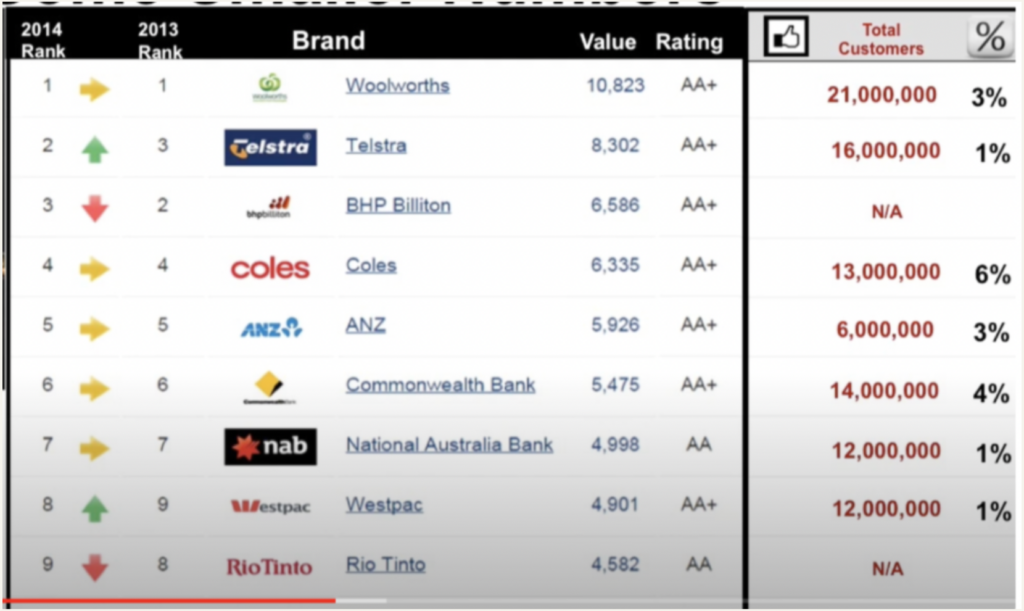
Here, we see Woolworths’ social media following only makes up 3% of its total customers.
The numbers get worse if you consider the engaged customers on social media. Below, the total number of engaged social media followers only makes up 0.02% of Woolworths’ total customers.
These numbers might look impressive, but they don’t tell you if your marketing efforts drive meaningful results, like sales or customer engagement.
Tracking too many irrelevant metrics can dilute your focus and waste time on activities that don’t drive meaningful results. By focusing on what truly matters, your team can work smarter and ensure that every effort aligns with long-term success.
Data is one of your marketing team’s most valuable tools. But it’s only valid if everyone can access and understand it. Data accessibility refers to how easily people within your organization can access and use data. It’s not just about having data available; it’s about making it usable, even for those who have little or no experience working with it. In an ideal process, every team member should have access to the relevant data they need.
In the article, Think You Want To Be “Data-Driven”? Insight Is The New Data, a 2016 Forrester study, found that 74% of companies claim they want to be data-driven, but only 29% succeed at turning analytics into action.
Common Data Accessibility Challenges:
“As more and more people digitize all they do, it comes down to having transparency and access to that data in a way that’s going to deliver value”.
As digital transformation continues to shape our world, accessing and understanding data becomes crucial to driving value. Senior leaders must prioritize transparency across all aspects — the budget, time spent on projects, and the success rates of these projects. A culture of openness is essential for ensuring that data informs every decision and action within the marketing team.

Your team needs two things to analyze and interpret data. First, a basic understanding of the numbers. Second, some business insight. Does everyone know the difference between average and median? Data alone doesn’t provide value unless it’s understood in context. Developing data literacy in your team will help them. They will understand graphs and stats. They will test hypotheses. They will use insights to make strategic decisions. Your team doesn’t need to be data scientists. But, a solid foundation in data literacy will help them. It will boost their confidence in working with data. They will also better understand how their performance affects broader KPIs.
For more insights into making data more accessible, we recommend looking at the blog Bridging the Knowledge Gap to Create Data-Driven Cultures.
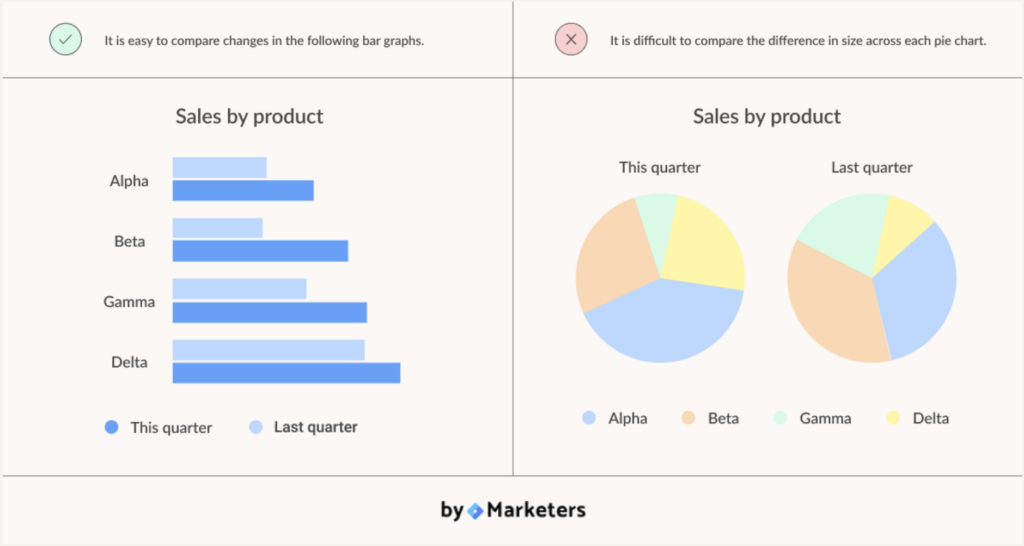
For more insights check out this article on material design for data visualisation.
A truly impactful marketing report does more than collect data. It must present insights that connect, educate, and drive action. A compelling story, engaging templates, and good design can help. Actively seek feedback, too. With these, you can make every report a powerful tool. It will show your strategy’s value and progress.
The right report does more than inform. It engages clients and involves them in the process. It builds trust by showing clear proof of your impact. It shows how your efforts drive results. In short, accessible and efficient data is the foundation for smarter, more innovative marketing.
In a previous blog, we wrote 4 Ways To Create Better and More Engaging Marketing Reports (Plus Examples), gives you a step-by-step outline of how to present your data impactfully. Give it a read!
To build a data-driven marketing team, set focused, meaningful KPIs (Key Performance Indicators) for each member. When everyone knows their goal, it creates focus and clarity, which are vital for individual and team success.
Too many KPIs can confuse your team, scattering their attention and diluting efforts. Limit KPIs to a few that align with your marketing goals. This ensures each team member knows their role in driving success. For example, a social media manager tracks engagement rates. A content creator tracks lead conversions from blog posts.
This approach sharpens priorities and fosters accountability and analytical thinking. Data-backed strategies empower team members. They can solve problems, make informed decisions, and take ownership of their work. Clear, targeted KPIs help your team work together. They also show stakeholders the impact of marketing.
The most easily accessed metrics may not reveal what you really need to know, mainly when collated from third-party providers and platforms. Check how each source defines the metric to see if it matches the intent of your KPI.

To help your team hit their KPIs, give them the best tools for the job. High-quality reporting tools are especially important.
Platforms like Google Looker Studio and top-notch dashboards can help. These tools can streamline data tracking, analysis, and presentation. They allow team members to collect and interpret data promptly, saving time and boosting efficiency. Investing in pro-grade resources simplifies workflows and empowers your team to make confident, data-driven decisions. Train everyone to use these tools. This will enable smarter work and better results. Explore a host of dashboards and templates that suit any and all of your needs.
Check out our favorite templates and dashboards:
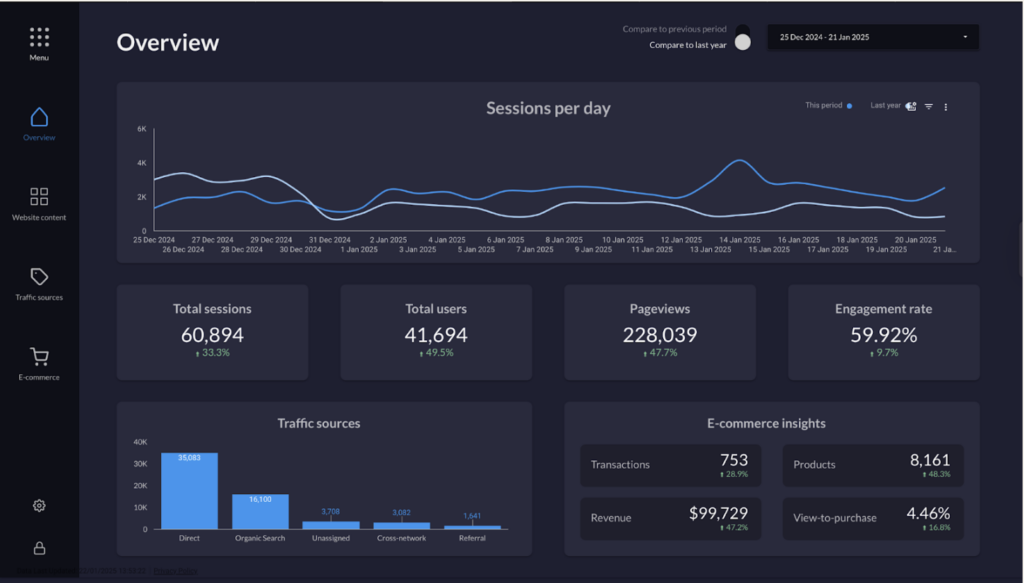
Full Screen Dashboard – Complete website overview
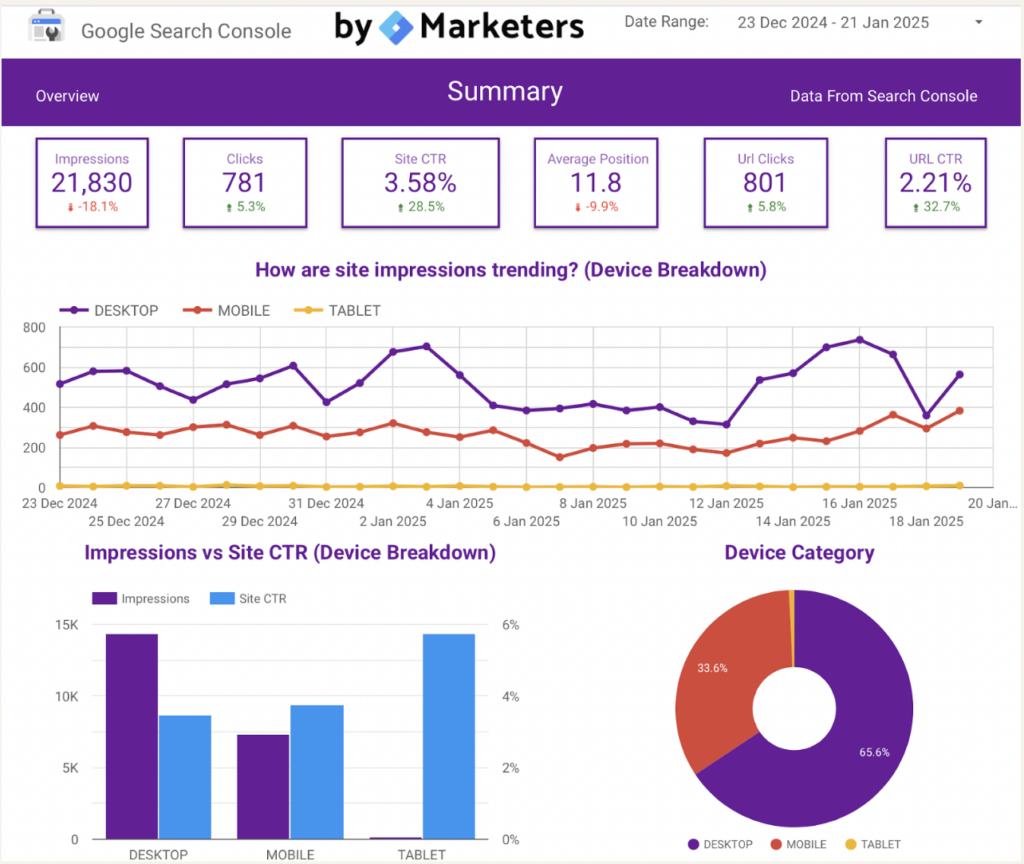
Search Console and Analytics 4 SEO Report
By pulling numbers from a spreadsheet, you can tell the story of a strategy’s success, highlight areas of improvement, and guide future decision-making.
Numbers alone cannot drive action. That is why the design of marketing reports matters. You need to transform your data into compelling narratives, communicating insights clearly and impactfully. A simple way to do so is to use data visualization templates. Visually showing the journey from challenge to success is a compelling story. It connects goals to outcomes. It brings the data to life. A captivating data narrative evokes emotions and inspires action.
Tools like Chit Chart excel in turning data into impactful visuals, offering creative ways to present insights. For instance, this infographic on cargo leaders worldwide transforms raw data into something both informative and engaging.
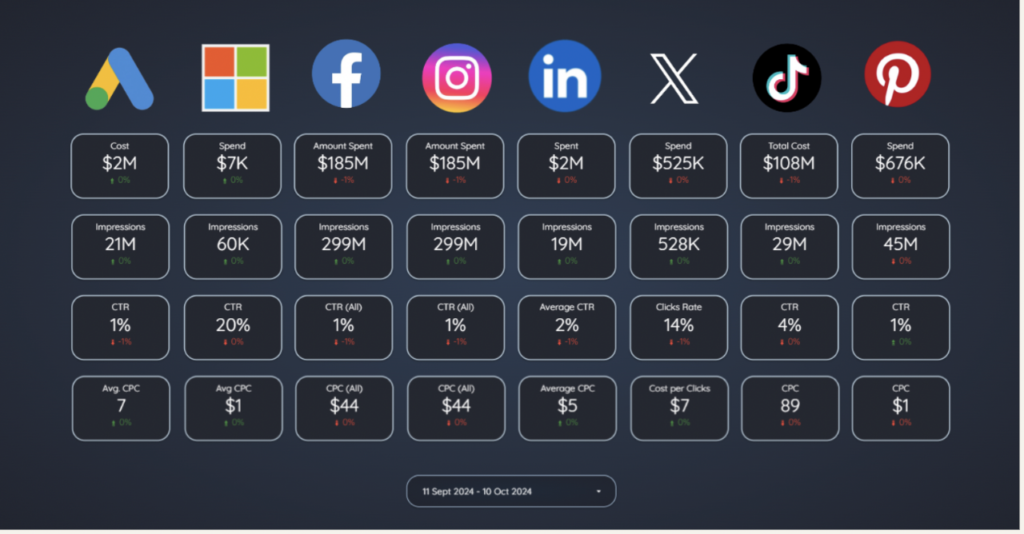
Have a look at our Ultimate Ads Dashboard where you’ll find everything in one place.
Creating a data-driven culture is an ongoing process that requires continuous improvement. It’s essential to track and evaluate its effectiveness regularly. We can achieve this by reviewing KPIs, conducting surveys, and getting employee feedback.
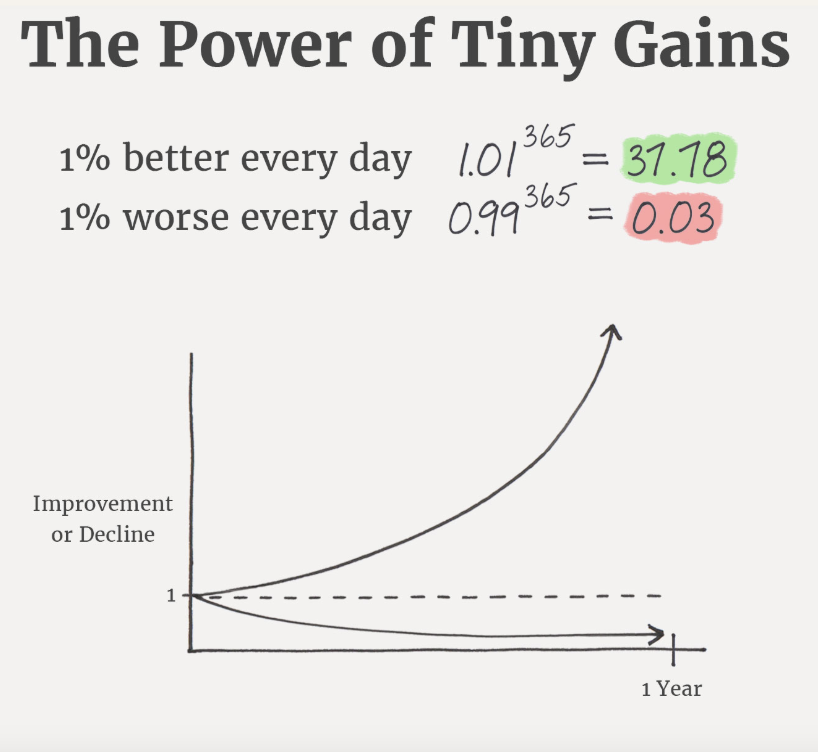
This infographic from James Clear, The Power of Tiny Gains, shows that small, minor improvements can pay off long-term. Oftentimes, it comes down to starting off small. Small wins make for big success! Don’t feel overwhelmed when implementing new practices and tools or feel disheartened when you aren’t seeing massive results.
To drive improvement, we must measure and track progress. That’s where tools like the Capability Compass come in. It’s a marketing skills assessment tool. It helps teams evaluate and improve their skills in strategy, execution, and analysis. From this baseline, you can find areas to improve. Focus on small, gradual improvements over time.
A data-driven marketing team requires more than just tools and technologies. It needs a shift in mindsets. Implementing a data-driven culture will help your marketing team make smarter decisions, optimize strategies, and ultimately lead to lasting success. Start using data in every decision. It will transform your team’s performance and results!
P.S. Start with a simple yet powerful dashboard or template. They’re an easy and effective way to kickstart your journey toward building a more data-driven marketing team!
Get a Premium GA4 Template for FREE
A marketplace to buy and sell 100’s of high quality templates, dashboards and reports from Looker Studio templates to Contracts and SOWs. Instant download and product support is what sets us apart.